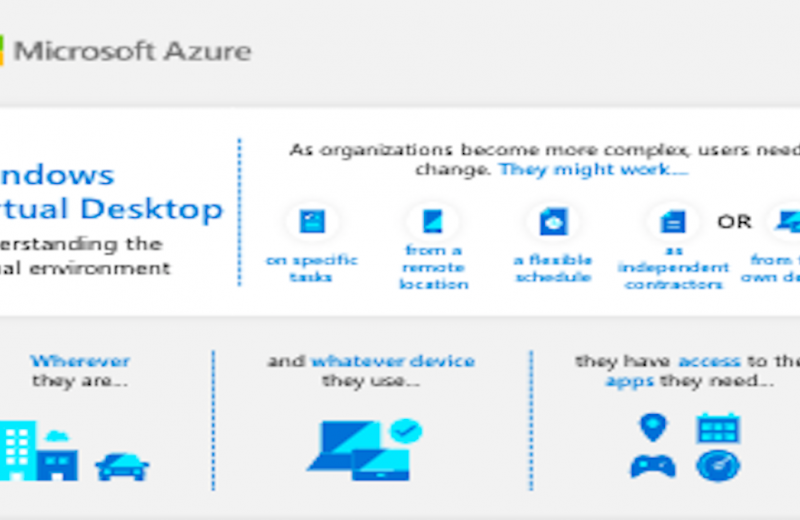Oil and Gas experts delivers many connected field devices such as sensors, drives, meters, programmable logic controllers and switch gear across a spectrum of business solutions including energy, home systems, automation and control, building management, power and cooling, data center, electrical distribution, and more. They provide cloud services, middle ware, remote monitoring, predictive analytics, and cloud analytics. This equates to millions of potentially connected devices with a diverse portfolio of systems and services for each of the vertical industrial markets that Schneider Electric serves.
The core requirements of the Connect and Manage subsystem include:
- Registering and managing millions of devices
- Supporting multiple device devices communicating over numerous protocols (AMQP, LWM2M, MQTT)
- Providing multi-tenancy
- Querying device state and executing commands on a device
First, they saw the actor programming model as a natural way to represent devices. Second, they liked that Service Fabric ensured service resiliency and durability with a low cost in development and that it provided the ability to scale based on demand. Third, they believed that stateful services could ease development by providing a close connection between the logic and data, essentially eliminating the need for a backend data tier and allowing companies to focus on adding business value rather than spending time and money on building a framework. Finally, Service Fabric has been provided a simplified operational life cycle including continuous deployment, elaborate configuration, rolling upgrades and package versioning.
Challenges:
- Register and manage millions of connected devices
- Support multiple devices communicating over different protocols
- Query device state and execute commands on a device
- Scale to incorporate more devices, services and data
Solution
Using Service Fabric to better process data, provide device logic, and provide the device-connectivity framework
Results
- Using Azure IoT with Service Fabric provides them with an open, flexible, and highly scalable platform
- Elastic scalability: talk to projects that might have a thousand devices or a million devices




















